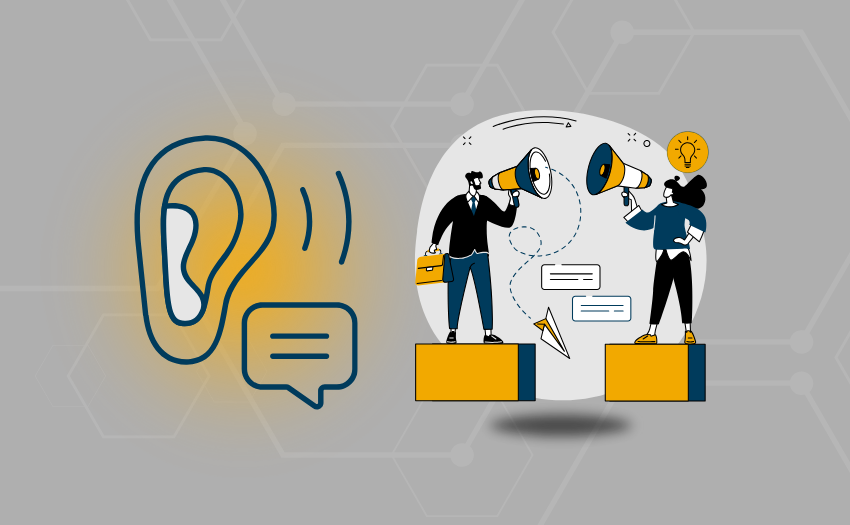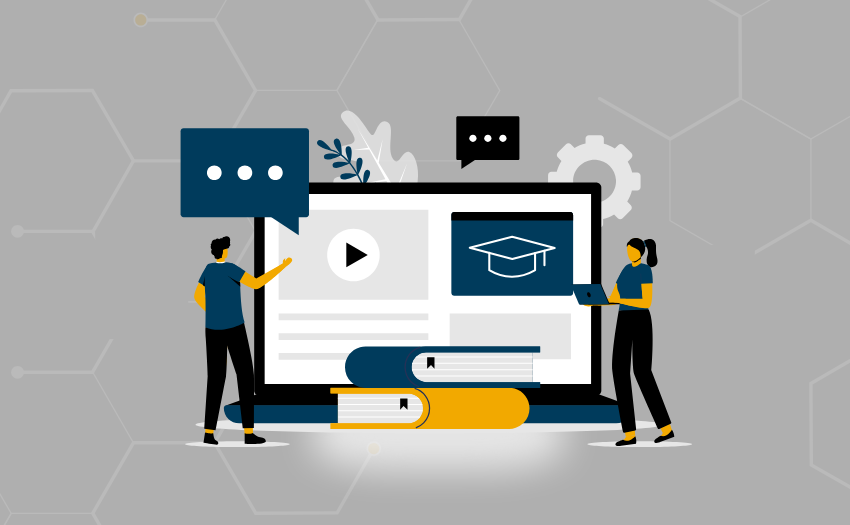Before stepping into the facilitator role, you’ll need to develop your communication and listening skills. The ability to communicate clearly helps all participants stay aligned on the desired outcome and contribute to the discussion.
As strong communicators, facilitators do more listening than talking. Active listening is the backbone of impactful conversations.
Action step:
Practice your communication and active listening skills by summarizing discussions and speaking up regularly–even if you aren’t leading the meeting. Stay fully present in conversations so that you can understand what others are saying and ask follow-up questions. This approach helps the conversation move organically to the next stage.
Step 3: Understand and Support Group Dynamics
The next area to develop is your ability to understand and support group dynamics. Improving your emotional intelligence will enable you to read the room, build trust, and consider multiple perspectives.
All group dynamics change over time. For example, the Tuckman model describes the stages of team growth as forming, storming, norming, and performing. Conflict is also a natural part of each stage in the process. As a facilitator, it’s vital to view conflict as an opportunity for learning.
Power dynamics can also shape how teams interact. If one or two voices are doing most of the talking, it’s the facilitator's job to create space for others to contribute. Balancing participation helps the whole team feel seen and valued.
When you begin applying the skills you learned in steps two and three, you’ll be more equipped to create a psychologically safe environment where team members feel confident to share ideas and take risks.
Action step:
Practice awareness of the self and others in group settings. What verbal and nonverbal signals are being shared? The more you build this awareness, the better you can support your team.
Step 4: Practice Designing & Leading Group Sessions






